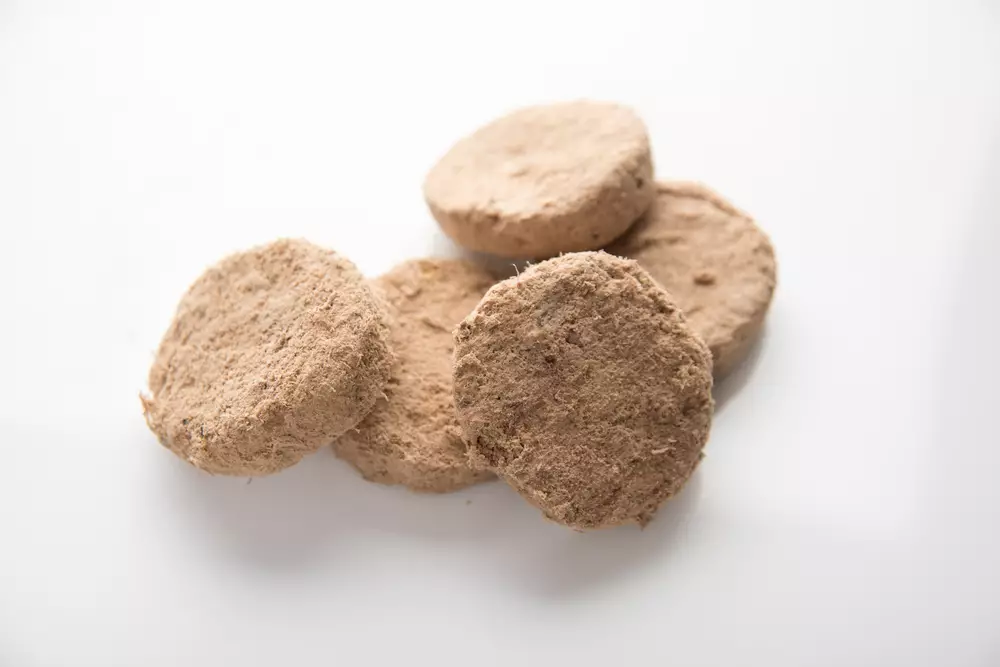In the ever-evolving landscape of pet nutrition, dog owners face an overwhelming array of choices, each claiming to provide the best for their pets. Among these options, freeze-dried dog food is rapidly gaining popularity, challenging the long-standing staple of traditional kibble. This article ventures beyond superficial comparisons, delving into the nuances of both feeding modalities to guide pet parents in making an informed choice that could dramatically affect their dog’s health and happiness.
Freeze-Dried Dog Food: Nutritional Superiority
At the core of freeze-dried dog food’s appeal lies its nutritional profile. Through a specialized process known as sublimation, moisture is extracted from raw ingredients without the application of heat, preserving vitamins, minerals, and enzymes in their most natural state. This method allows freeze-dried dog food to provide a diet that aligns closely with what dogs would consume in the wild—high-quality proteins, essential fats, and a spectrum of vitamins.
One of the standout advantages is nutrient retention. Unlike traditional cooking methods, which can degrade vital nutrients, the freeze-drying process ensures that most of the raw ingredients’ nutritional value remains intact. For dog owners eager to provide a high-quality diet, this is not a trivial matter; it’s a potential game-changer for maintaining long-term canine health.
The Price of Quality
However, this enhanced nutritional profile comes at a price—literally. Freeze-dried dog food typically retails for anywhere from $25 to $50 per pound, a steep investment compared to standard kibble, which can be found for as little as $0.50 to $2 per pound. While the high cost may deter some pet owners, it’s essential to consider the long-term benefits of investing in superior nutrition. Dogs fed high-quality diets may enjoy better overall health, reducing the risk of future medical issues that could result in escalated vet bills.
Furthermore, the weight of freeze-dried food, often significantly lighter than kibble, can also contribute to reduced transportation emissions, albeit the energy-intensive freeze-drying process itself raises concerns about environmental sustainability. Navigating these complexities requires thoughtful consideration from conscientious pet owners.
Convenience vs. Quality
Despite the undeniable benefits, freeze-dried dog food’s primary disadvantage lies in its preparation. Dogs accustomed to the convenience of kibble may initially struggle with the rehydration process required before serving freeze-dried meals. On the contrary, kibble not only boasts ease of feeding but also offers dental health benefits due to its crunchy texture, which aids in reducing tartar build-up.
For busy families or pet owners on-the-go, the ability to simply pour kibble into a bowl is tempting. Yet, one must ponder whether convenience should trump nutritional quality when weighing the responsibilities of dog ownership. Shouldn’t our furry friends deserve the optimal nutrition that resembles their ancestral diet, especially when it can lead to fewer health issues down the road?
Understanding Ingredient Quality
Not all dog foods are created equal, and ingredient quality plays a pivotal role in determining the overall benefit of any product. Top-tier freeze-dried brands typically contain high-quality, whole-food ingredients without fillers, offering a protein-rich diet. This contrasts sharply with many kibbles, where ingredient lists often include fillers like corn, wheat, and soy, which may lack nutritional value and could potentially cause digestive issues.
Moreover, many freeze-dried brands cater specifically to dogs with allergies or food sensitivities. These products often use limited ingredients or grain-free formulations, accommodating a broader range of dietary needs. While some premium kibbles may also cater to these considerations, the variability between brands can be perplexing. Therefore, scrutinizing ingredient labels is critical for any dog owner aiming to provide a high-quality diet.
The Bottom Line: Making an Educated Decision
Ultimately, the choice between freeze-dried dog food and kibble boils down to more than just cost or convenience—it’s a reflection of your commitment to your dog’s health. While freeze-dried food may require additional attention and investment, it brings unparalleled nutritional benefits that could dramatically improve your dog’s quality of life.
Conversely, for those balancing multiple responsibilities and seeking practicality, kibble remains a valid option, as long as careful attention to quality is maintained. As with any dietary consideration, it is highly recommended to consult a veterinarian or an animal nutrition expert before making the switch.
Given the array of options available today, dog owners have more power than ever to shape their pets’ diets. The decision to redefine your dog’s nutrition is not merely about food; it is an opportunity to elevate their health and strengthen the bond we share with them. It’s time to embrace the freeze-dried revolution, and in doing so, unleash the full potential of our loyal companions.

